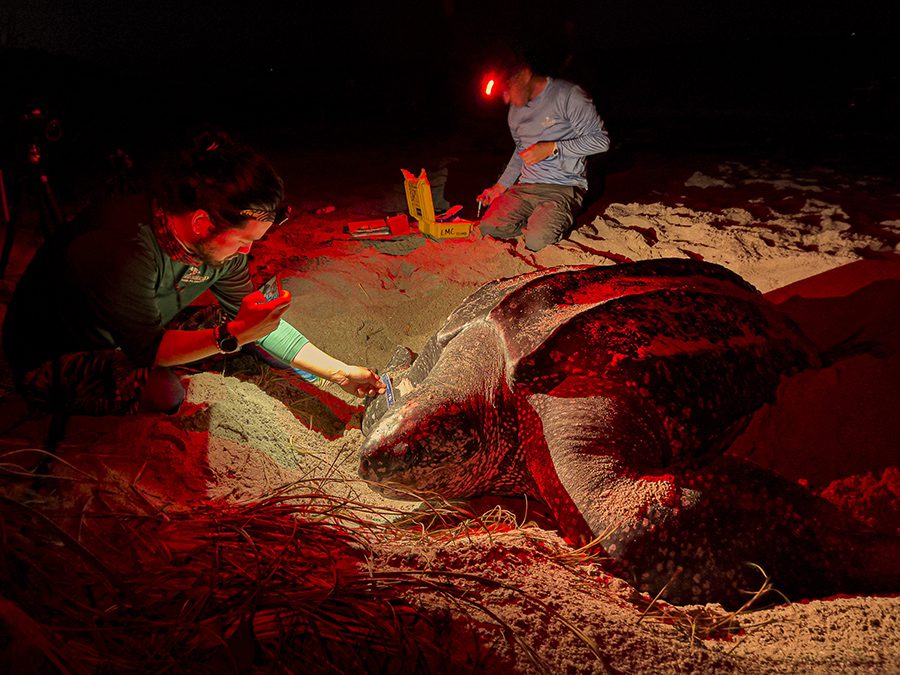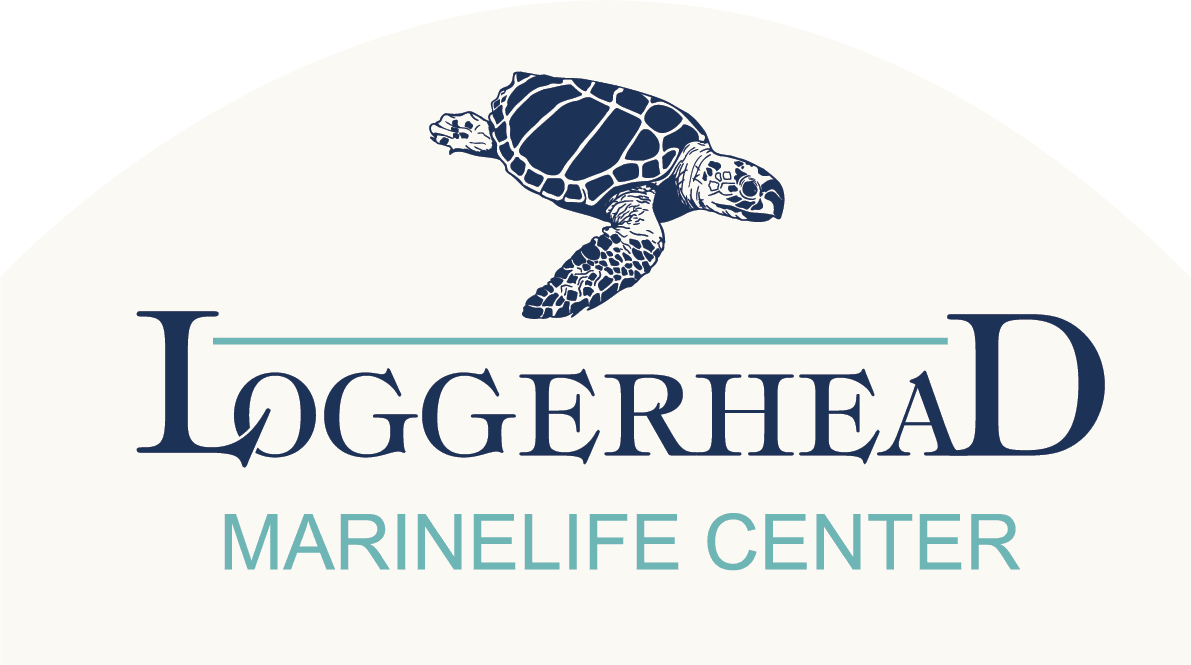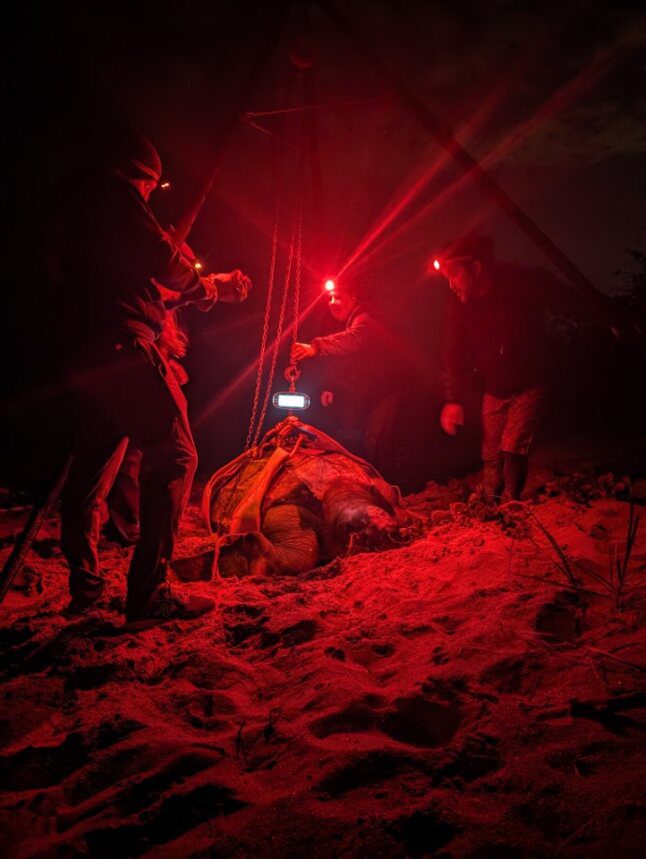- Explore Research -
The research team at LMC monitors a 9.5 mile stretch of beach from March - October. Juno Beach is one of the world's most densely nested sea turtle beaches.
 LMC’s research department has one of the longest-running sea turtle monitoring programs in the state of Florida. The program officially began when LMC founder Eleanor Fletcher received her permit from the state of Florida in 1969. Each season, the research team documents all sea turtle activities from March - October along 9.5 miles of beach from the northern Palm Beach County line south to John D. MacArthur Beach State Park.
LMC’s research department has one of the longest-running sea turtle monitoring programs in the state of Florida. The program officially began when LMC founder Eleanor Fletcher received her permit from the state of Florida in 1969. Each season, the research team documents all sea turtle activities from March - October along 9.5 miles of beach from the northern Palm Beach County line south to John D. MacArthur Beach State Park.
LMC research biologists have one of the most comprehensive datasets in the world. These datasets are invaluable to scientists and local, national, and international coastal managers. They form the basis for conservation decisions used to promote the recovery of sea turtle populations not only in Florida, but world-wide.
Nesting Season Dos and Don'ts
You can help protect sea turtles by following these guidelines.
Nesting takes place on local South Florida beaches annually from March 1 – October 31
Keep Your
Distance
Never approach or touch a nesting sea turtle. Keep your distance, remain quiet and keep all lights off (including flash photography & cell phones). Touching, prodding or shining lights may cause her to not lay eggs or disturb her and affect how well she covers and camouflages the nest.
Let Hatchlings
Emerge
If you see hatchlings on the beach, allow them to crawl to the ocean on their own. Do not remove or dig hatchlings out of a nest. Removing sand above the nest will make it more difficult for the hatchlings to emerge.
Avoid Certain
Areas
Enter the beach at designated access points and avoid walking on the dunes or beach vegetation to protect sea turtle nests, shorebird nests and the dune plant ecosystem.
Minimize
Light
Keep lights at your house off while not in use and close your blinds at night to avoid adding to overall sky glow.
Take Your
Belongings
Remove obstacles such as beach chairs, tables, water-sport equipment and umbrellas before dark. Properly throw away trash so that it doesn’t blow into the water or become an obstacle for a sea turtle.
Digging &
Holes
Only dig holes below high tide line, in the hard packed sand to avoid incubating sea turtle nests and avoid using shovels. Fill all holes back in and knock over sand castles so that nesting turtles and hatchlings can’t fall into them.

